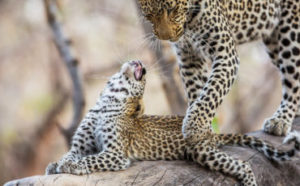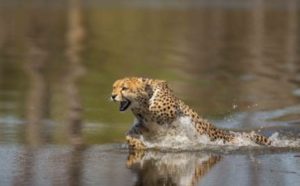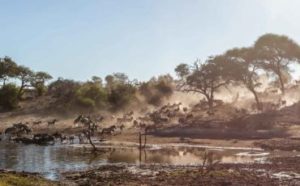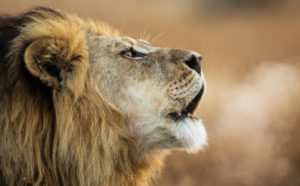Photography
For now, do consider the following guide when planning:
- Generally, most our guides are trained to position their safari vehicles in optimum positions for photography. However, some (general) lodge guides may not be adept at doing this well.
- Tanzania has two rainy seasons: March-May and November-December. The dry season of January-February is the finest time for Hiking, while the other dry season after the rainy (March-May) from June-November is a preferable time to find wildlife congregating at waterholes on safari. On the other hand, fewer crowds during the rainy season may make it more attractive (as might the available deals), despite the washed-out roads and the downpours themselves. And if you want to take advantage of the beaches of Zanzibar and Pemba, the best time to do so is from July-October, when you are nearly guaranteed sunshine.
- Tanzania does not require tourists to have any immunizations, other than Yellow Fever. That being said, three months before you travel, consult with your doctor about the following immunizations that are recommended for American and European travelers to this country:
- Yellow Fever
- Typhoid
- Polio
- Tetanus
- Hepatitis a
Tanzania is home to a strain of malaria that is resistant to chloroquine, albeit less prevalent at high altitudes, so be sure to talk to your doctor or other pre-travel health coordinator about travel to Tanzania specifically, and make sure you get the correct anti-malarial medication.
At Gome safaris and Adventure, we have some excellent concepts and ideas for photographic clients and groups -please do let us know if you are a serious wildlife photographer.





